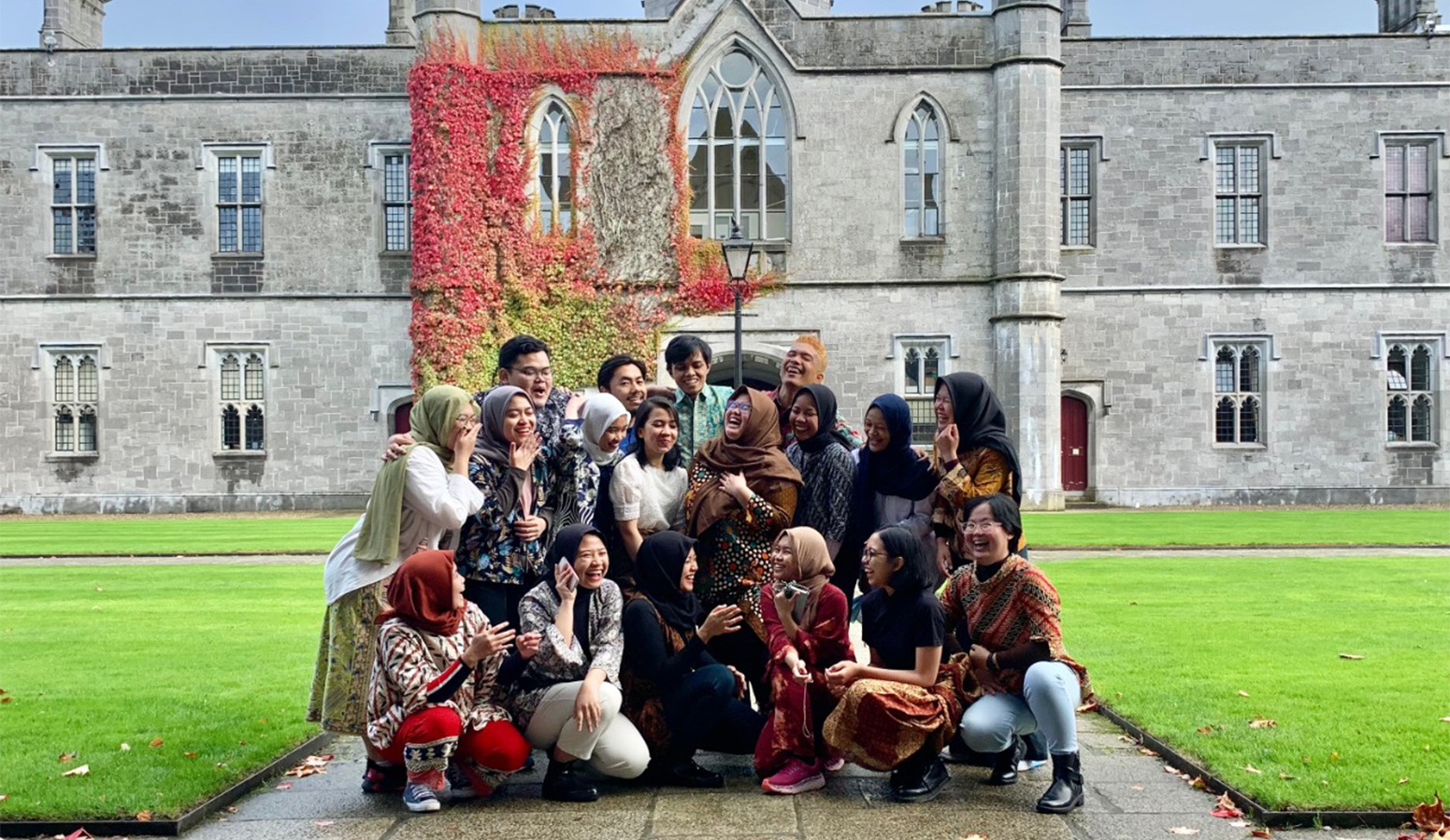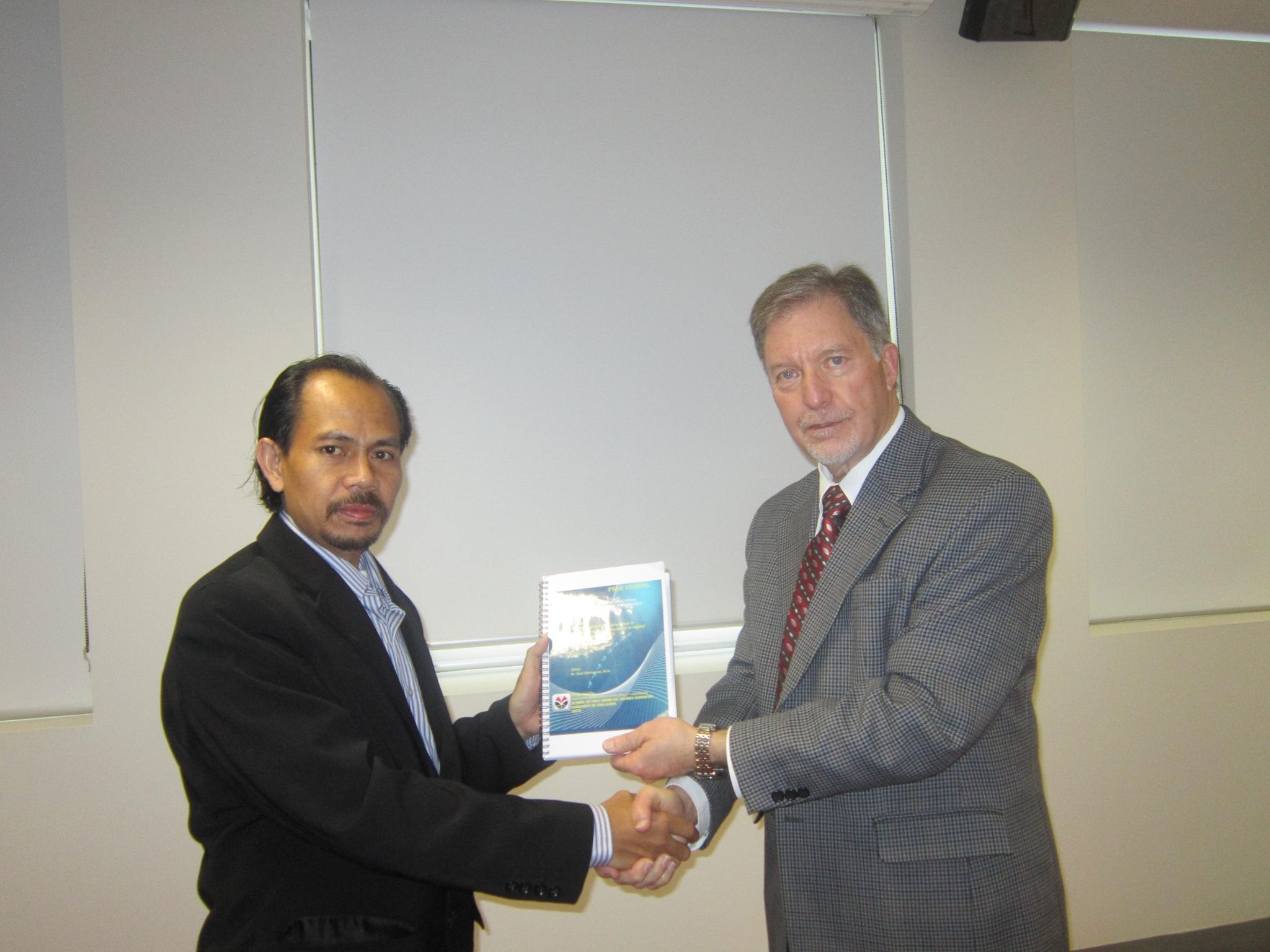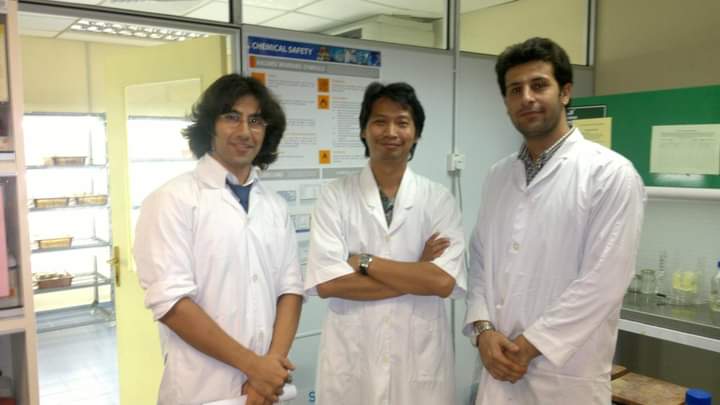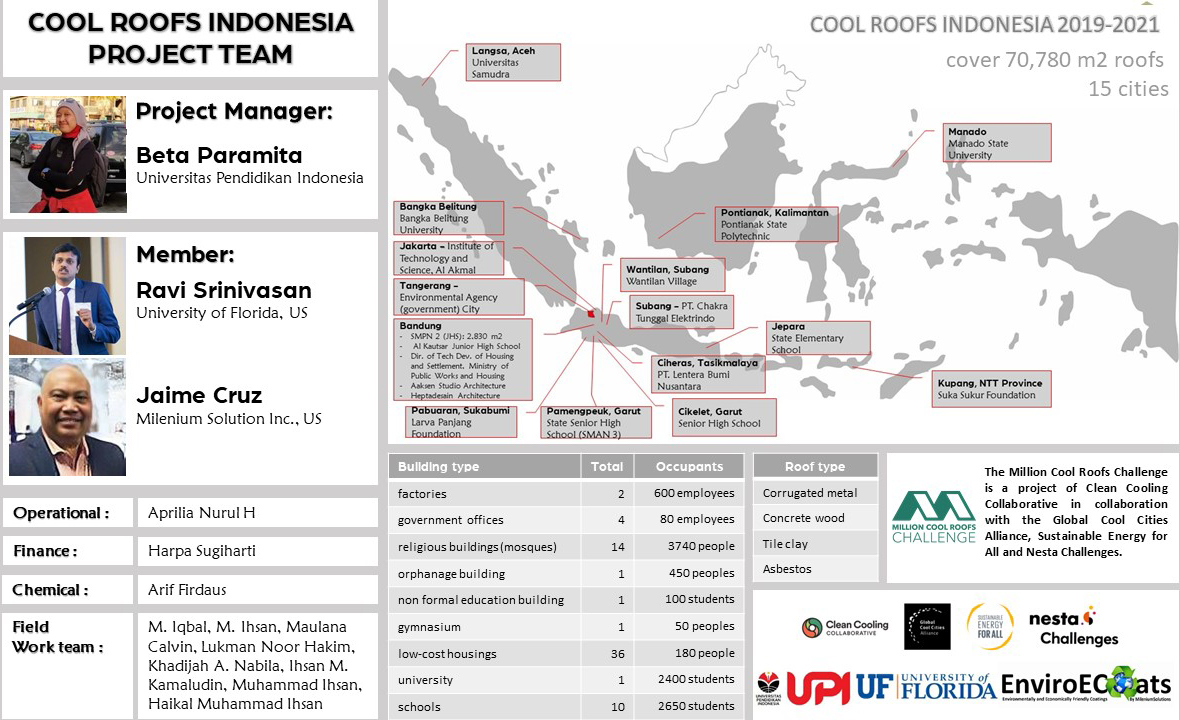A total of 20 Students of the Universitas Pendidikan Indonesia successfully passed the selection and achieved achievements as participants in the Indonesian International Student Mobility Award (IISMA) International Mobility Award (IISMA) 2022. The 20 students of the Universitas Pendidikan Indonesia will attend lectures at 19 universities and in 11 different countries.
Vice Rector for Education and Student Affairs of the Universitas Pendidikan Indonesia Prof. Dr. Didi Sukyadi, MA explained that the Indonesian International Student Mobility Award (IISMA) Program is an Merdeka Belajar-Kampus Merdeka Program (MBKM) organized by the Ministry of Education and Culture in order to provide opportunities for undergraduate students in Indonesia to acquire knowledge and skills, exchange ideas and culture, and develop networks with students and academics in overseas universities so as to become scholars with a global perspective.
According to Prof. Dr. Didi Sukyadi, MA, the reason for the importance of students joining this program is the recognition of credits from Domestic Universities (PTDN) and Foreign Universities (PTLN). Students can take classes according to their passion, learn from the world’s best universities, interact and adapt to new cultures from different countries, build international networks, and prepare themselves to be able to plunge on a global level in the future.
Prof. Dr. Didi Sukyadi, MA explained that participants of the Indonesian International Student Mobility Award (IISMA) Program of the Universitas Pendidikan Indonesia who passed the selection increased from the previous year. In the Previous year’s Indonesian International Student Mobility Award (IISMA) Program in 2021, Students of the Universitas Pendidikan Indonesia successfully passed the selection and achieved the achievements of 19 students. Meanwhile, in 2022, students of the Universitas Pendidikan Indonesia successfully passed the selection and achieved the achievements of 19 students as many as 20 students.
Universitas Pendidikan Indonesia responded quickly to the offer of the Indonesian International Student Mobility Award (IISMA) Program which is the Merdeka Belajar-Kampus Merdeka (MBKM) Program organized by the Ministry of Education and Culture by conducting socialization to students throughout the faculty and UPI Regional Campus and collaborating to hold the IISMA Info Session Festival with partner universities of Padjadjaran University, Parahyangan Catholic University, Telkom University, Maranatha University, and the National Institute of Technology. Universitas Pendidikan Indonesia also provides assistance funds for English language tests, provides essay writing training for students who will apply for IISMA, and provides interview training for students who have registered for IISMA 2022.
According to Ahmad Bukhori Muslim, Ph.D, as Director of the Directorate of International Affairs of the Universitas Pendidikan Indonesia explained that in 2022, UPI, through the Vice Rector of Education and Student Affairs, recommended more students to join the IISMA program, as many as 186 people. But due to increasingly competitive competition, only 38 students passed the diversity test and were eligible for interviews. Of these, alhamdulilah as many as 20 students were declared successful in becoming IISMA awardees. This number increased by 1 from the previous year, as many as 19. We will continue to strive and look forward to passing more IISMA students in the coming year.
Coordinator of IISMA-UPI Directorate of International Affairs, Tuszie Widhiyanti, Ph.D explained that 20 Students of the Universitas Pendidikan Indonesia who attended lectures through the Indonesian International Student Mobility Awards program included 8 students from the Faculty of Language and Literature Education (1) Yanti Yulianti, students of the English Language and Literature Study Program, stationed at University College Dublin, Ireland; (2) Mutiara Dini Isfaizal, a student of the English Language Education Study Program, is placed at the University of Glasgow, UK; (3) Shidqi Muhammad Fadhil, a student of the English Language Education Study Program, is placed at the University of Queensland, Australia; (4) Athaya Hasya Hafiezha, English Language Education student, is placed at the University of California Davis, US; (5) Eki Lazuardi Akbar, a student of the English Language Education Study Program, is placed at the University of Liverpool, UK (6) Kirana Anjani Ariella Lugijana English Language Education study program student, placed at Monash University, Australia; (7) Amira Zalfa Setyadykusumah, a student of the Korean Language Education Study Program, is placed at Hanyang University, South Korea; (8) Karyn Maharani, a student of the Korean Language Education Study Program, is placed at Korea University, South Korea.
Furthermore, two IISMA scholarship students from UPI came from the Faculty of Economics and Business Education (9) Mojang Zulfa Amadea, a student of the Islamic Finance Economics Study Program, placed at Universiti Kebangsaan Malaysia, Malaysia; (10) Rayandra Valera Edhie Putra, a student of Management Study Program, is placed at Universiti Teknologi Malaysia, Malaysia.
Five students from the Faculty of Social Sciences Education also managed to get an IISMA scholarship, namely: (11) Khaupillah Wulandari, a student of the Resort and Leisure Management Study Program, placed at the University of Szeged, Hungary; (12) Nadhifa Aulia Karimbi, a student of the Resort and Leisure Management Study Program, is placed at the University of Szeged, Hungary; (13) Shelma Feraniza, student of Resort and Leisure Management Study Program, is placed at Sapienza University of Rome, Italy; (14) Rayhan Arellio Syahbudiman, student of Resort and Leisure Management Study Program, is placed at Lancaster University, UK; (15) Haris Norfaizi, student of History Education Study Program, placed at National Taiwan University of Science and Technology, Taiwan.
Afterwards, 2 students from the Faculty of Mathematics and Natural Sciences Education, 2 students from the Faculty of Art and Design Education and 1 student from UPI Serang Campus are: (16) Faiza Maila Yusfiana, a student of the Biology Education Study Program, is placed at the Centro de Lenguas Modernas de la Universidad de Granada, Spain; (17) Nur Ilmiah Sakinah, Biology Education, placed at Vytautas Magnus University, Lithuani (18) Fathia Salma Ramadhani, student of Visual Communication Design Study Program, placed at the University of Pecs, Hungary; (19) Dzaki Aziz Nugroho, student of Visual Communication Design Study Program is placed at the University of York, UK; (20) Muhammad Fakhrurrazi, a student of the Marine Information Systems Study Program, was placed at the University of Padua, Italy.







